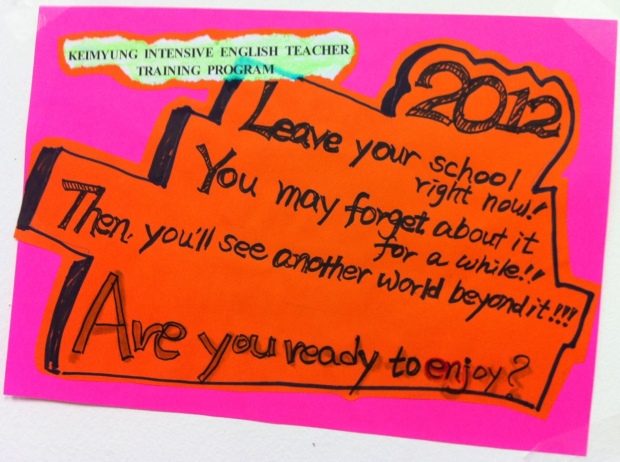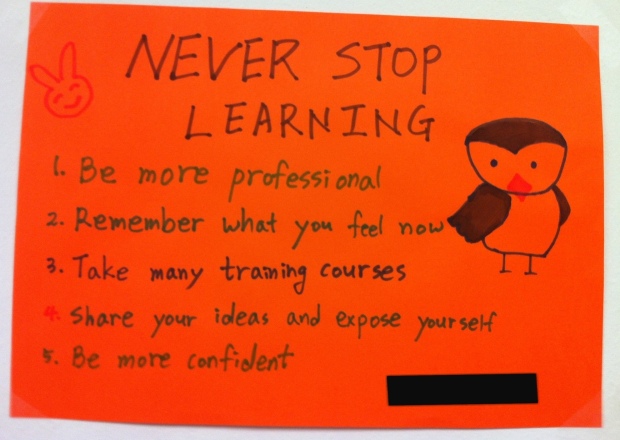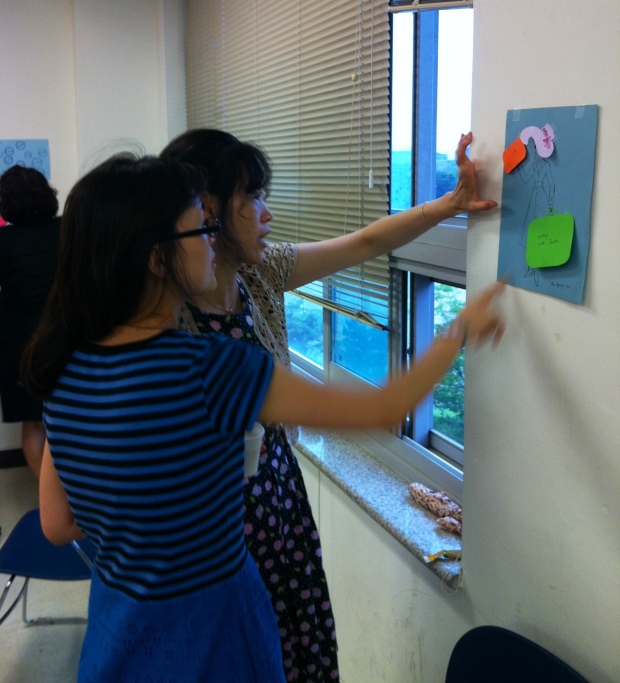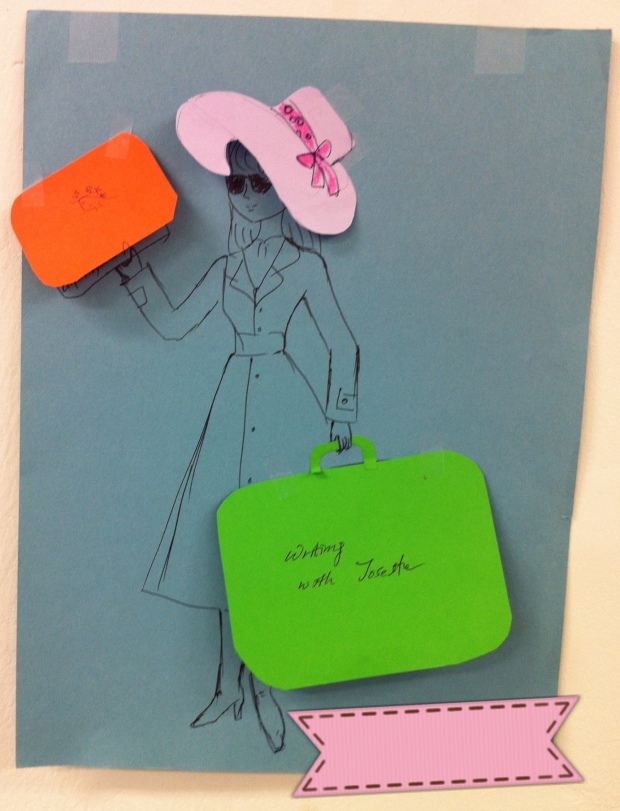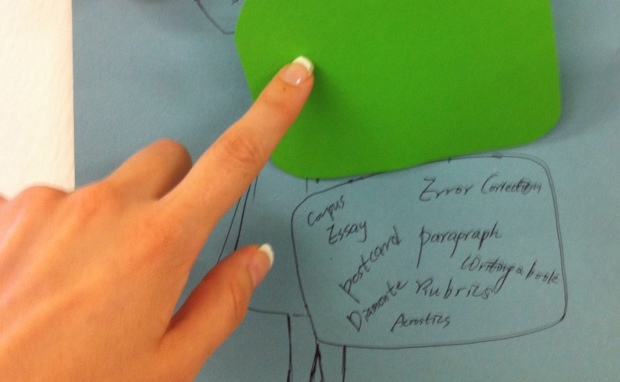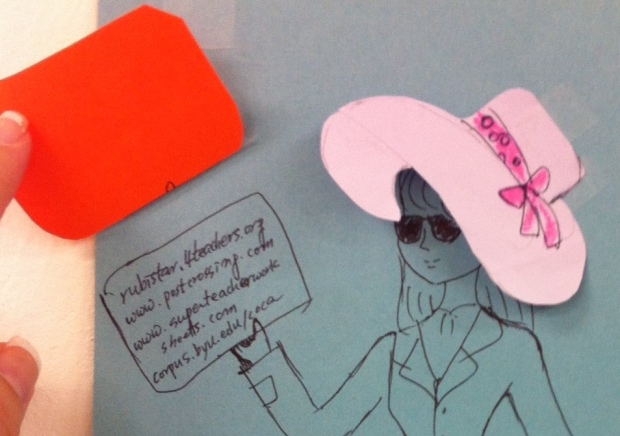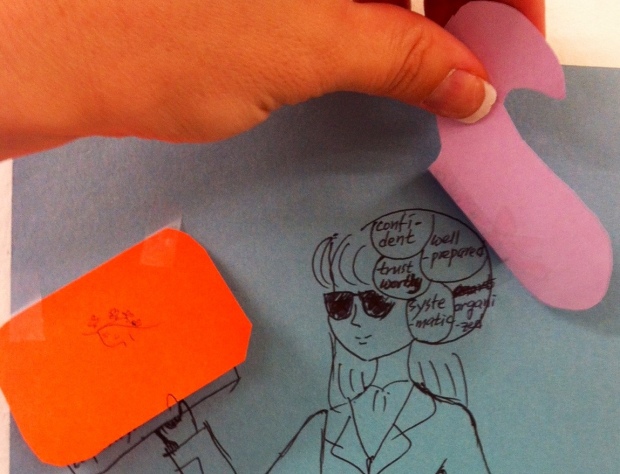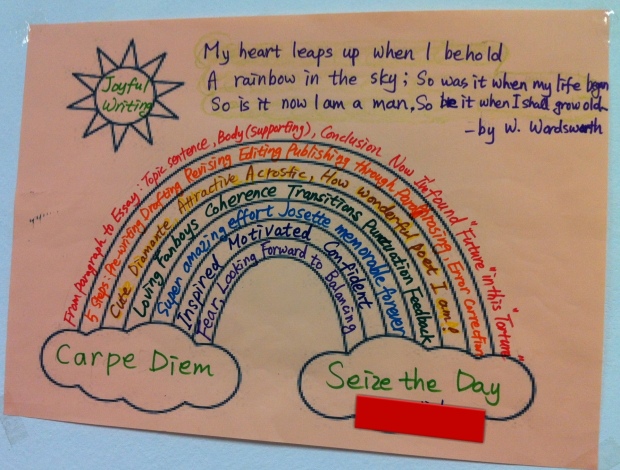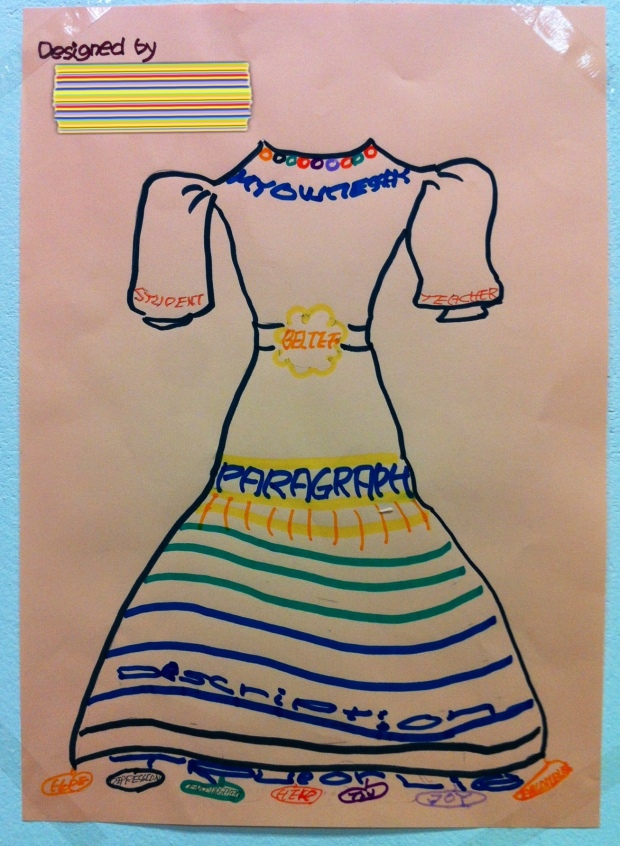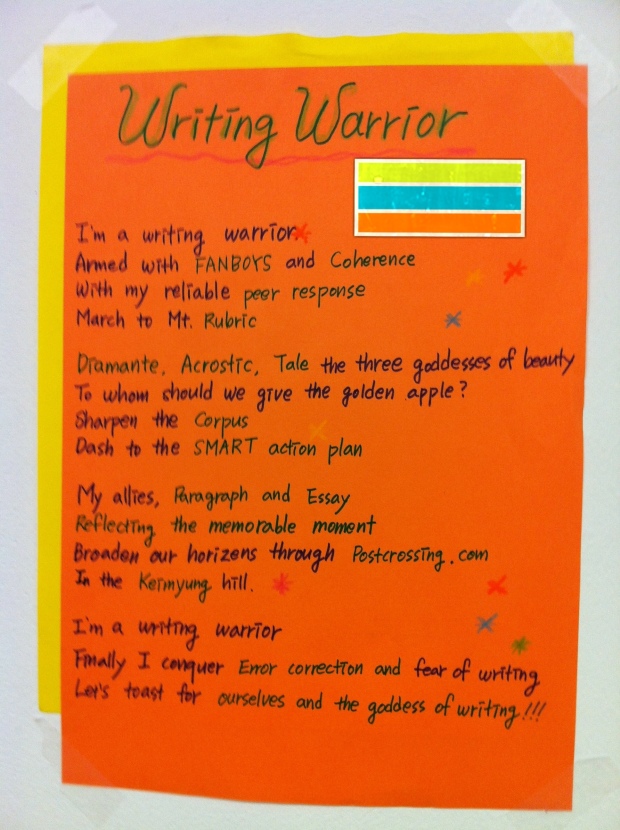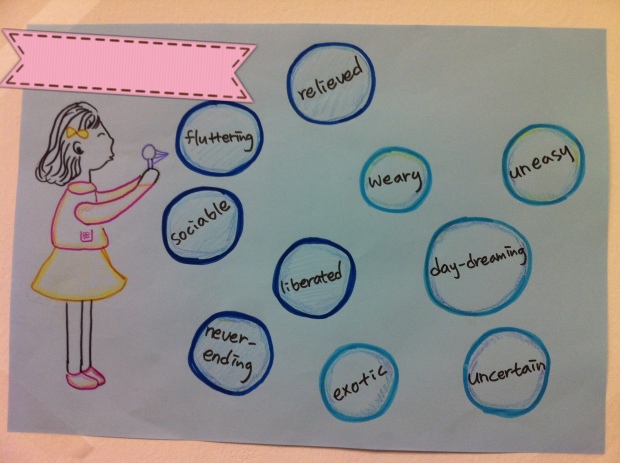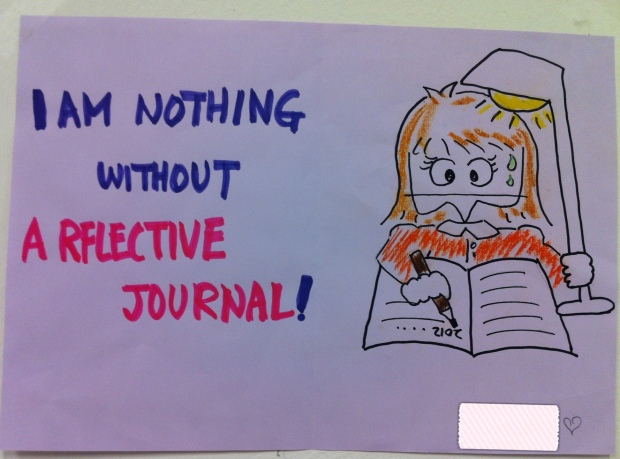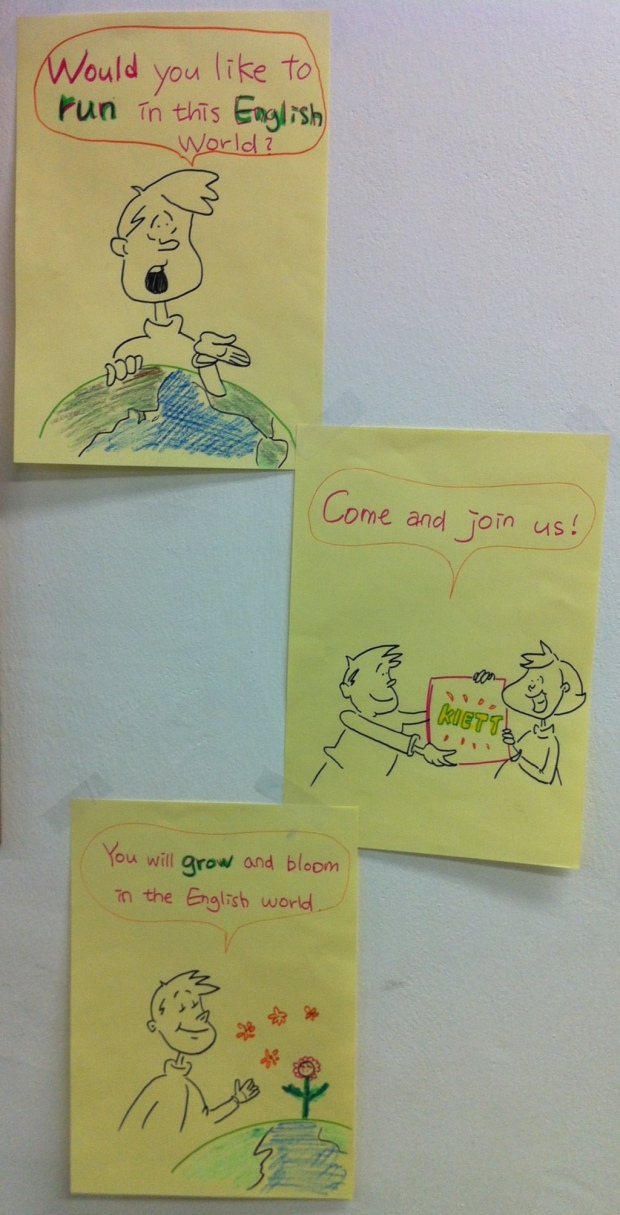The Matchmaker with the Magic Touch
– scroll down for an explanation of how this ELL (English Language Learner) story came to be –
Young-Il was very happy to meet this matchmaker. As the years passed, he was growing more tired with his mother’s nagging. She never missed a moment to tell him how important it was for him to get married. As his mother saw it, the problem is that Young-ll always had his head in the clouds. He didn’t take life seriously. She listened to Young-Il talk about his dreams of traveling to far away lands and meeting the love of his life in a remote country.
His dreaming didn’t stop his mother from trying to find him a wife. Actually, it encouraged her. She didn’t want him to leave her. This is why she found JeongAh, the best matchmaker in town. According to her friends, JeongAh had the magic touch. She never failed to make a match. So to set his mother’s worries aside, Young-Il decided to meet her. He had also heard of her special ability through his friends, so Young-Il didn’t mind taking a break from his dreams in order to meet the woman JeongAh would match him with.
This woman was JiMin. JiMin had long, straight, black hair, and she was very slender. She had legs that went on for miles. JiMin was beautiful and also quite intelligent. Perhaps this is why she was so skeptical about the matchmaker. She didn’t really believe her friends when they told her that JeongAh never failed to make a match, but JiMin usually took what anyone said with a grain of salt. She had to see something to believe it. Despite her skepticism, however, she decided to go with the flow. She accepted the blind date, met Young-Il at the café, and waited to see how the night would unfold.
Luckily she hadn’t denied the blind date or she would have had egg on her face. This guy was fantastic! She thought he had a good head on his shoulders. Just because he was a dreamer didn’t mean he wasn’t smart. He was very intelligent, and JiMin knew right away that he would be a sensible father. He would raise their children well.
She also knew she could marry him because he seemed to have a heart of gold. He told her about how he took care of his mother after his father died. He drove her where she needed to go, and cooked meals for her whenever he had the time.
JeongAh had proved once again that she did indeed have the best matchmaking skills in town. JiMin set aside her doubts and fell head over heels in love with Young-Il. He felt the same. Happily, his mother never had to plead with him to get married ever again.
I had three reasons for writing this story for my course participants:
- I couldn’t find a text with the idioms I wanted to use.
- I wanted to teach these idioms because I thought they would work well with the acrostic poem they would write about their partner during the final activity.
- I wanted the participants to realize that there are other ways to learn vocabulary, idioms, and the like without giving them a definition, so I removed the idioms from the text, wrote them on the board, and they filled in the gaps.
How did I come up with a story about a matchmaker? I wrote the idioms on a piece of paper and waited. I knew I wanted to write something that was relevant to their context. Looking at the words on the page, this was the topic that came to mind, and as I found out during our class, it was very relevant. The participants had a lot to say about their experiences with matchmakers. Did you know that if a Korean woman wants to marry a lawyer or a doctor, she can pay up to 100,000won (88.00US) per set up? Compare that to 50,000 twenty years ago. Hmmm, I wonder if those doctors are really worth the price. Ok, back on track.
Will I write another story when I find myself in a similar situation? Absolutely. It was a rewarding experience. I enjoyed this new writing process (though I need more practice writing fiction), and my lesson aims were accomplished.
Are there other teachers out there writing fiction for their students? Kevin Stein at The Other Things Matter was my source of inspiration. Why not stop by his blog to let him know what you’ve written, and why you chose to write.
Happy writing!




